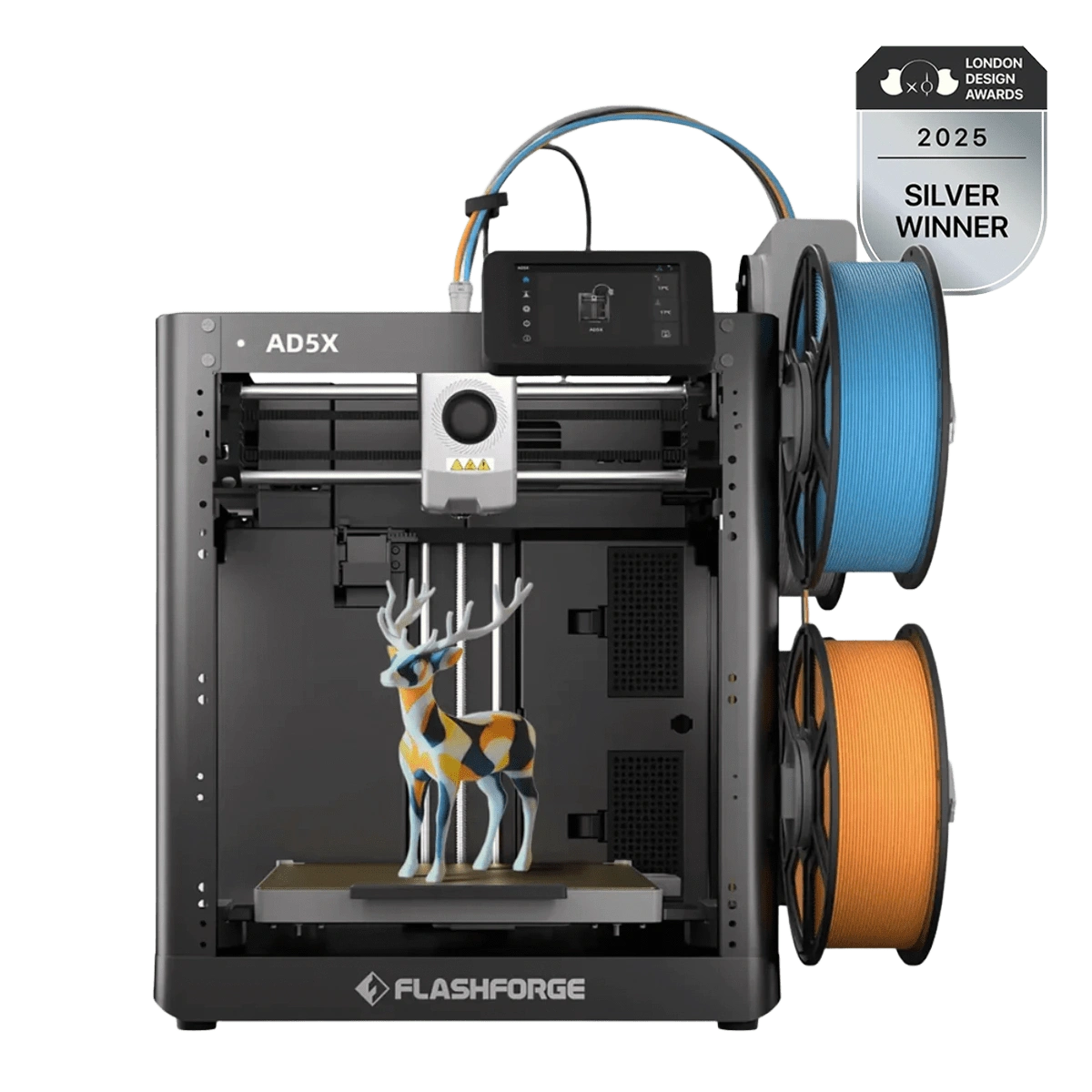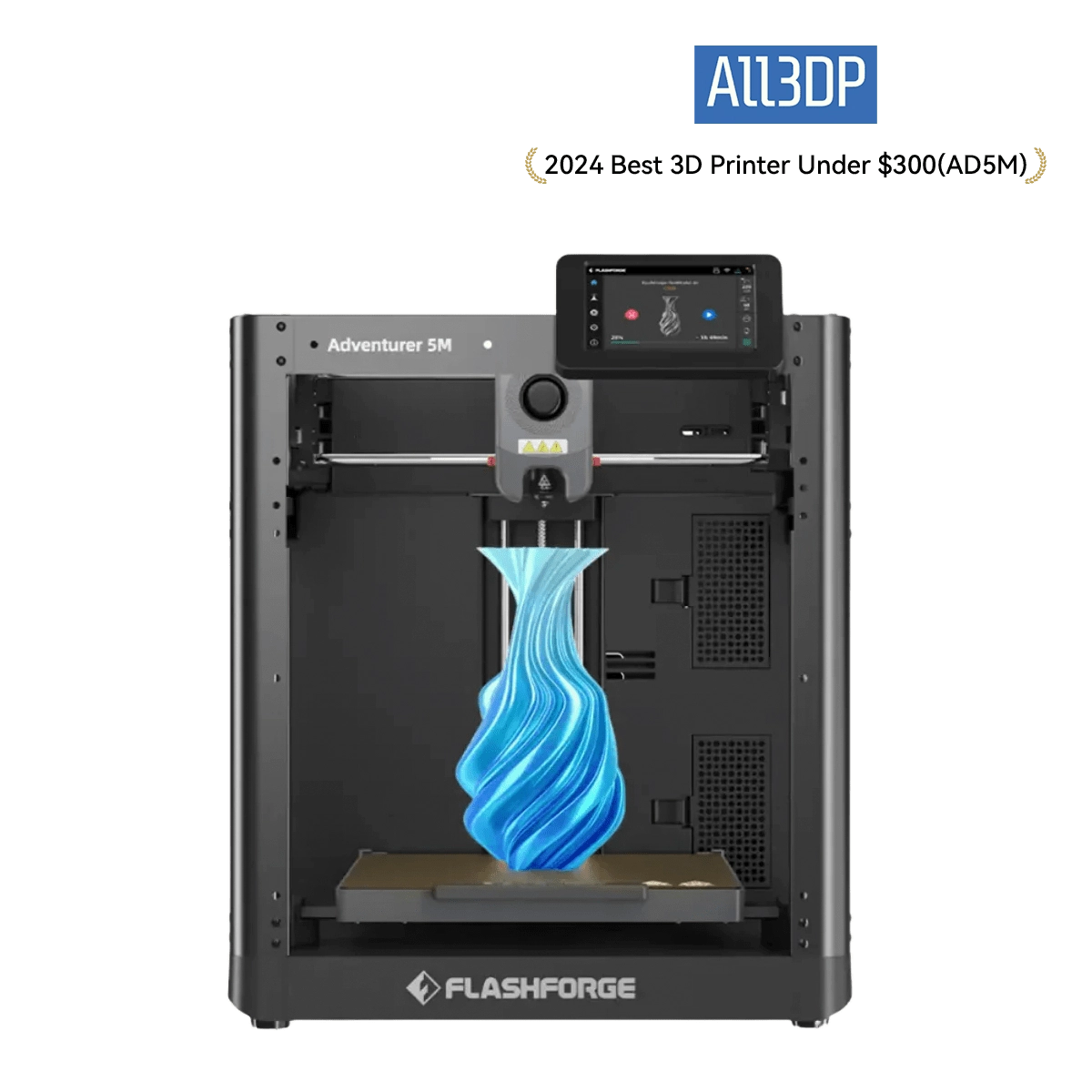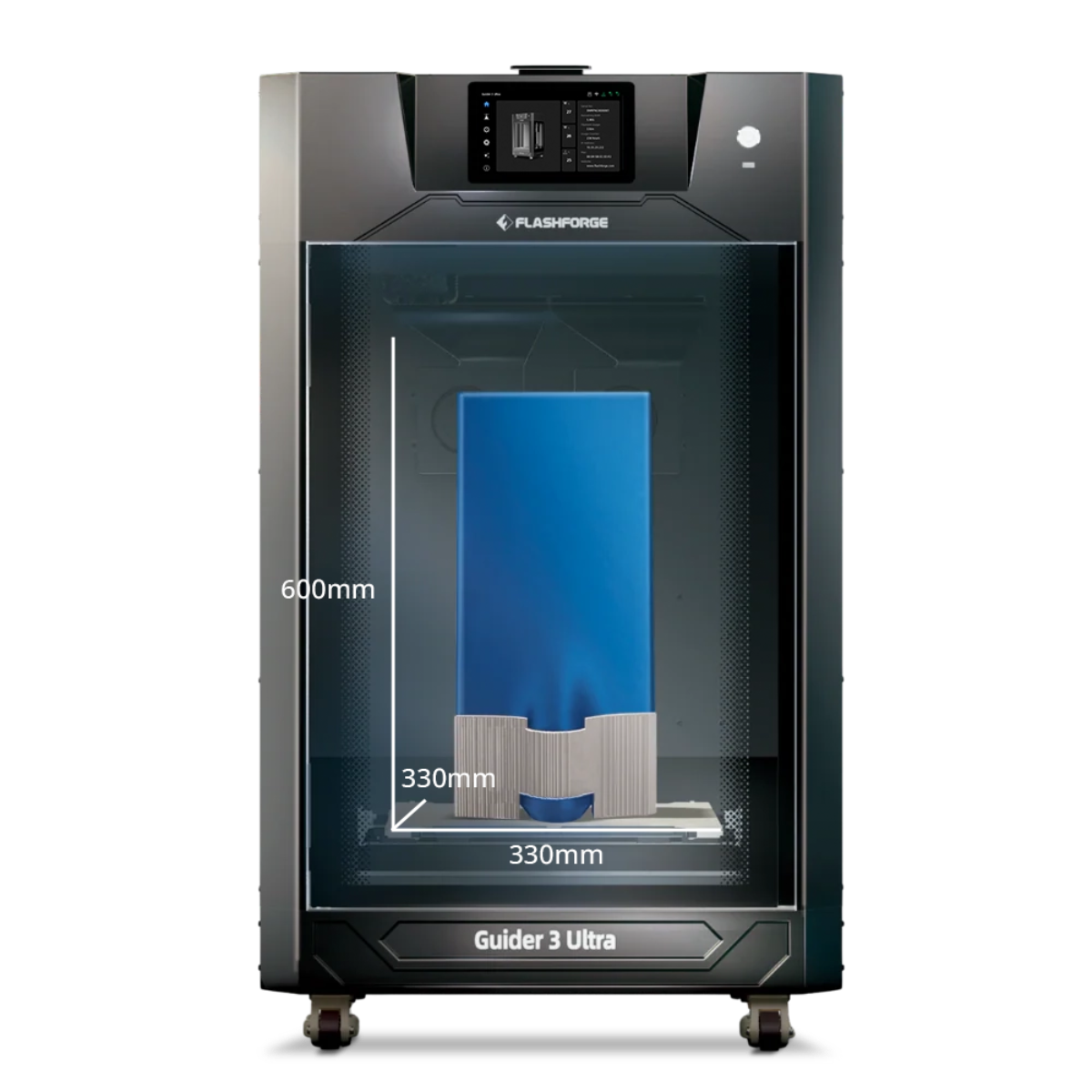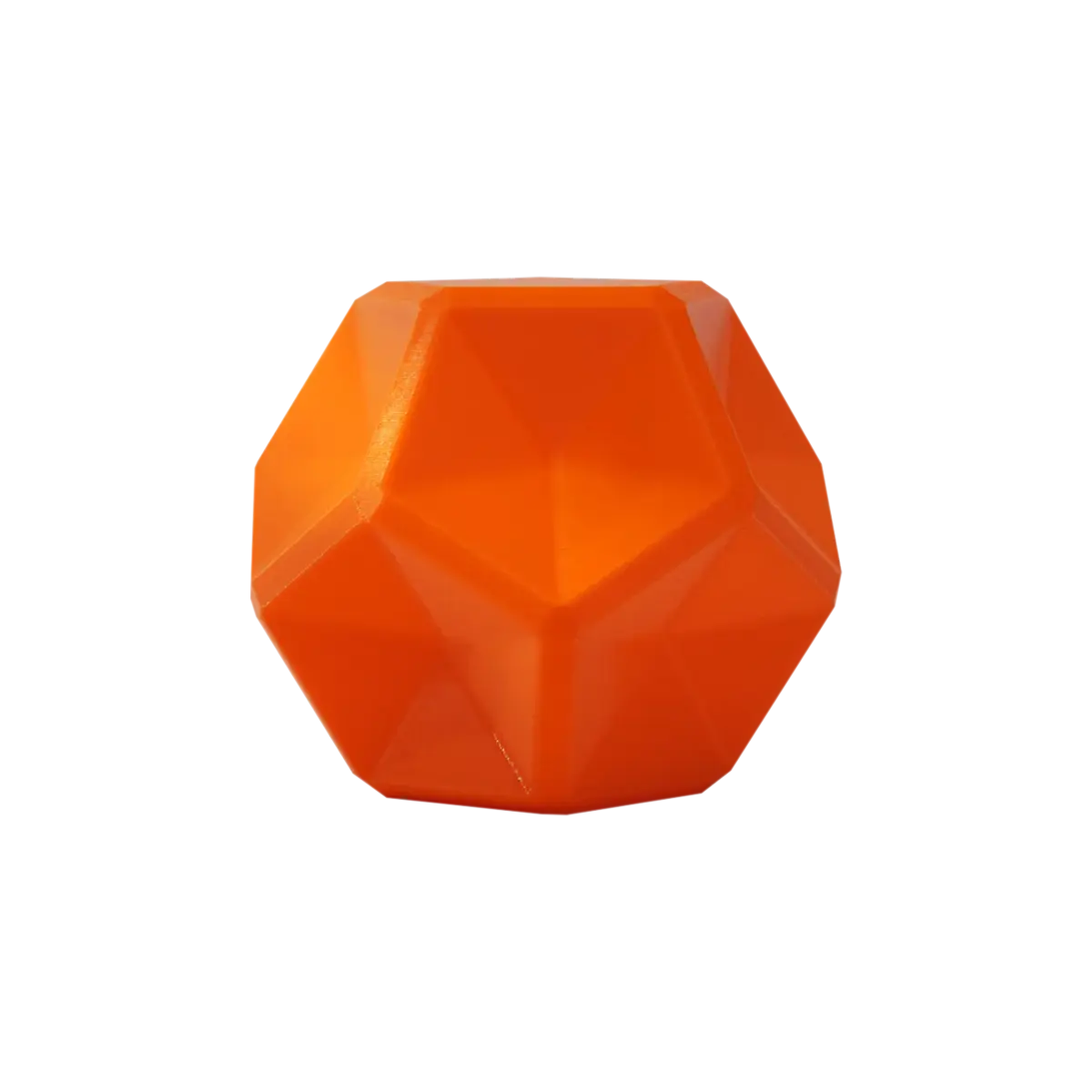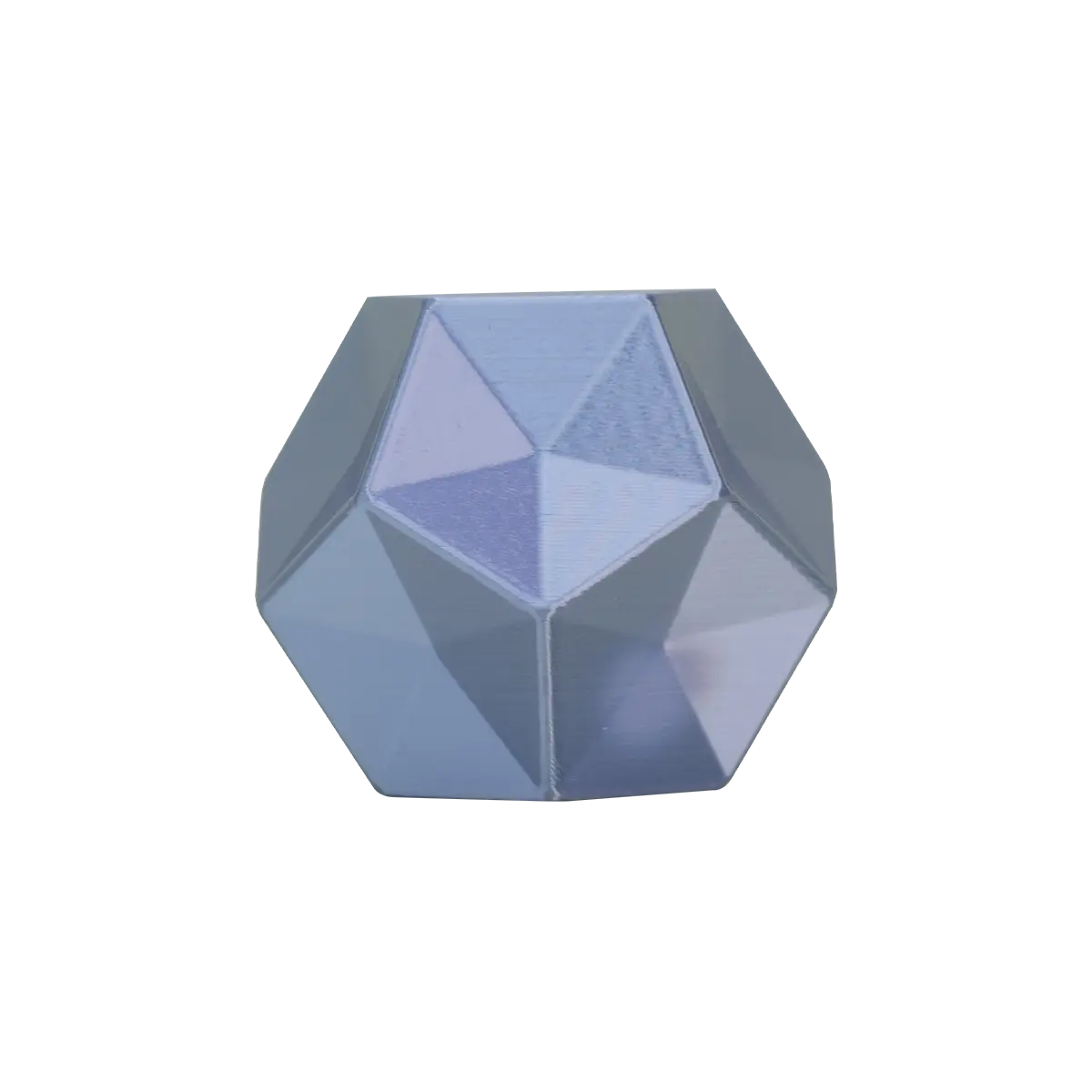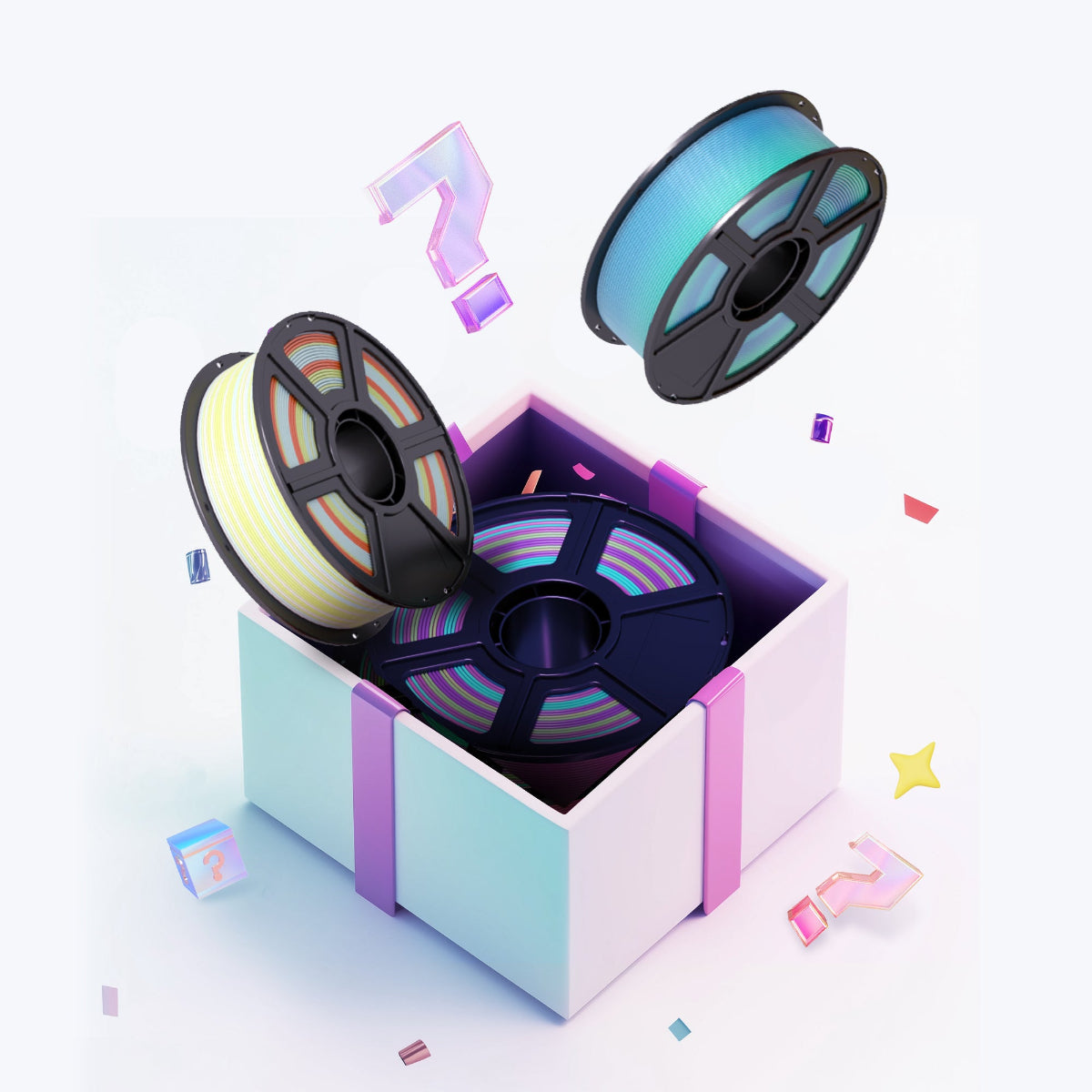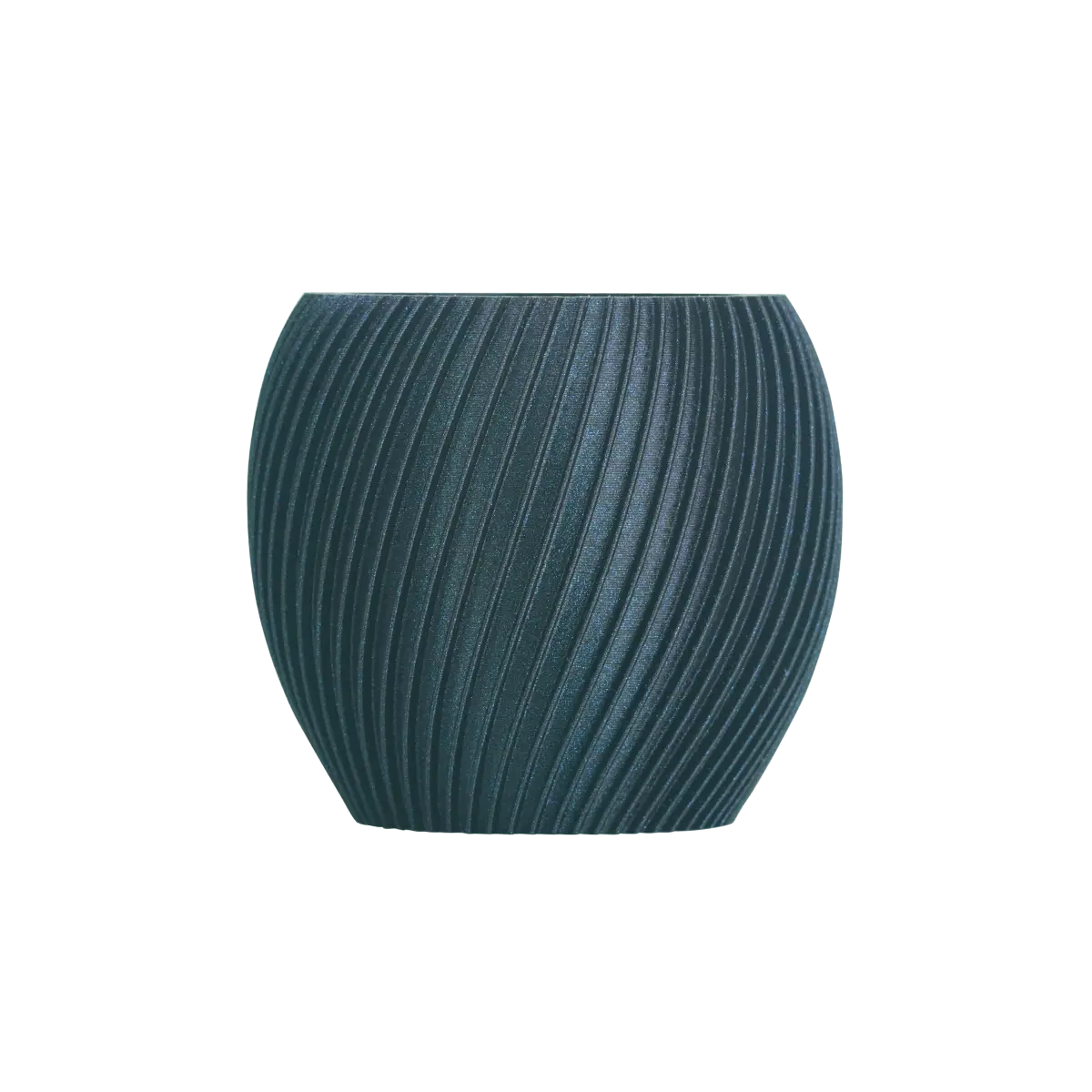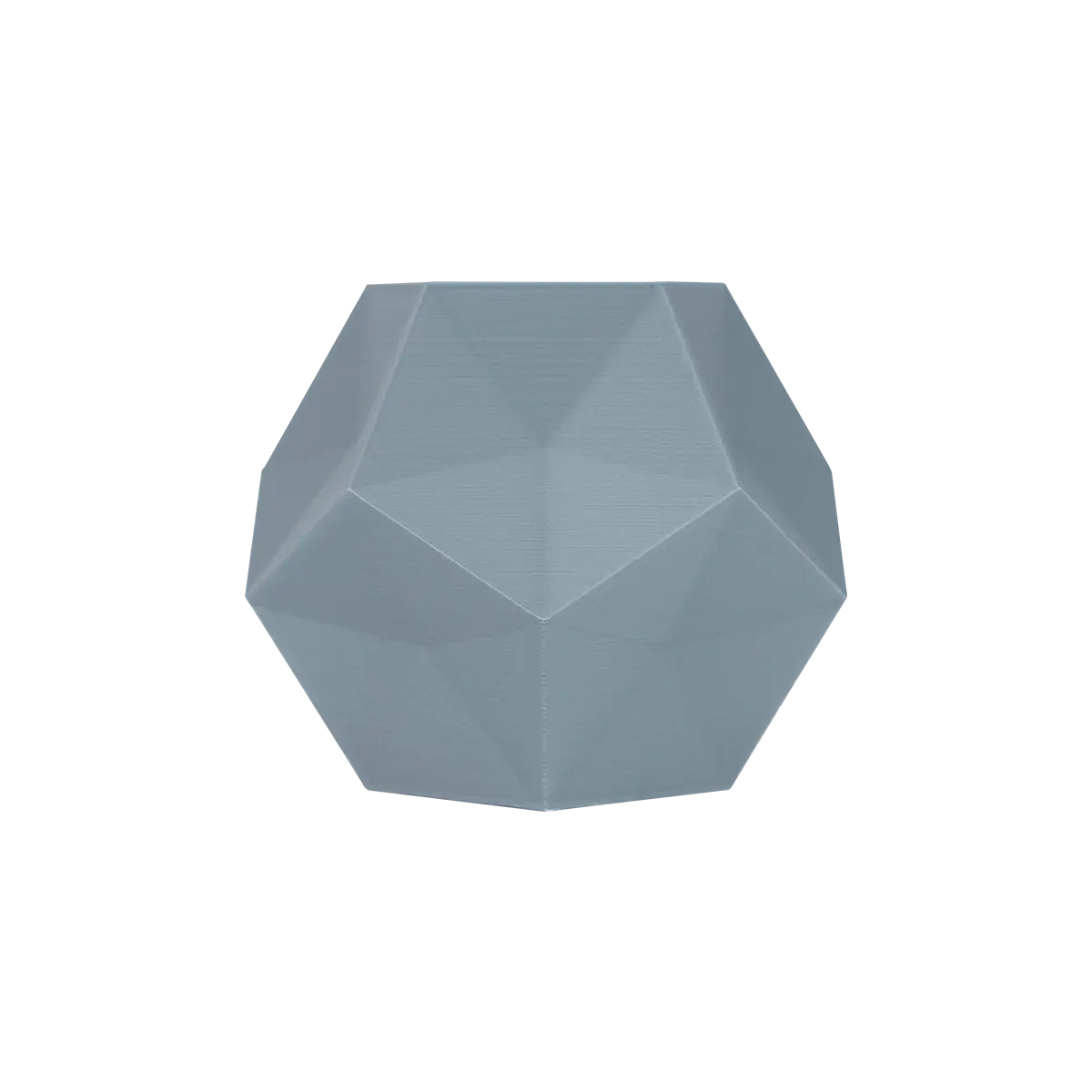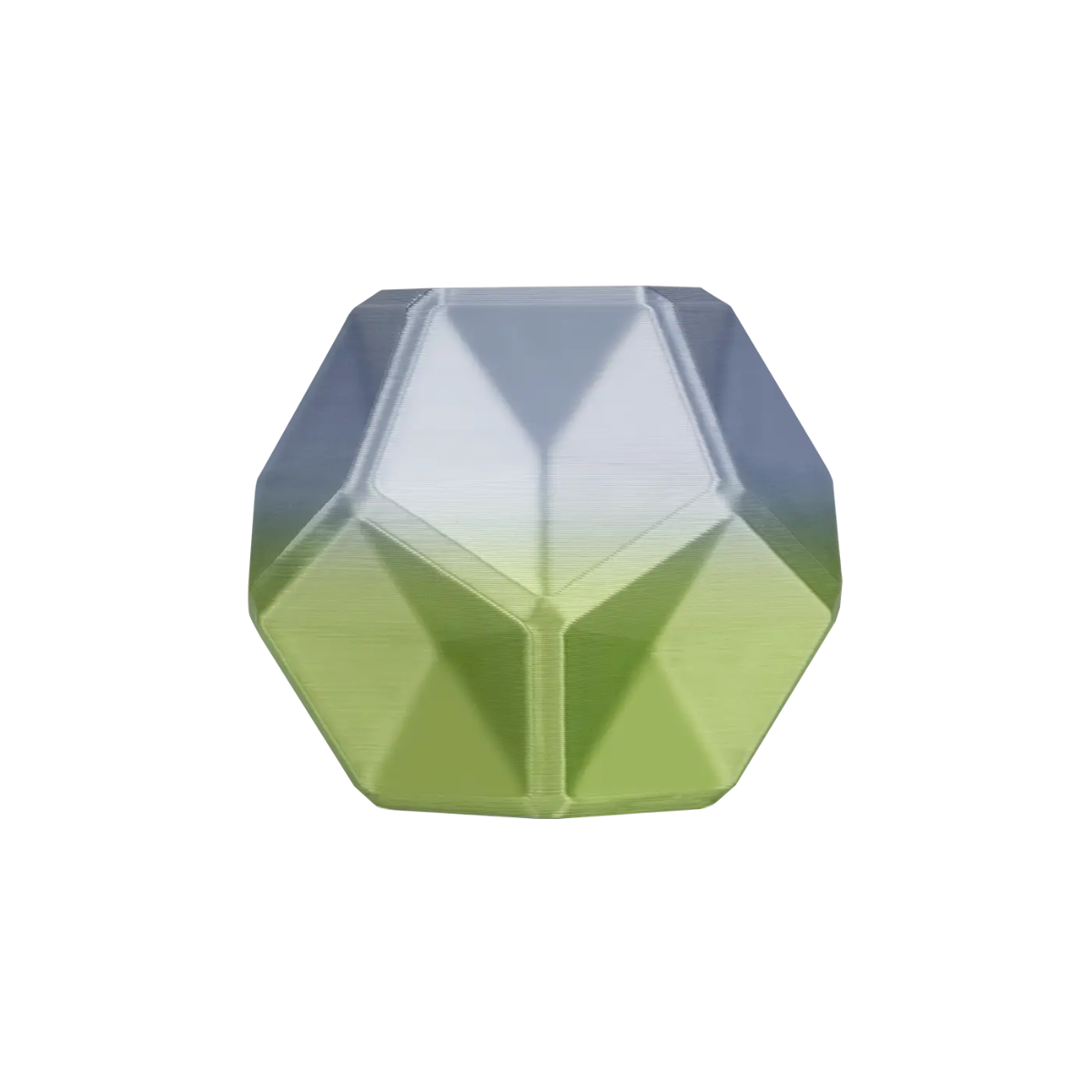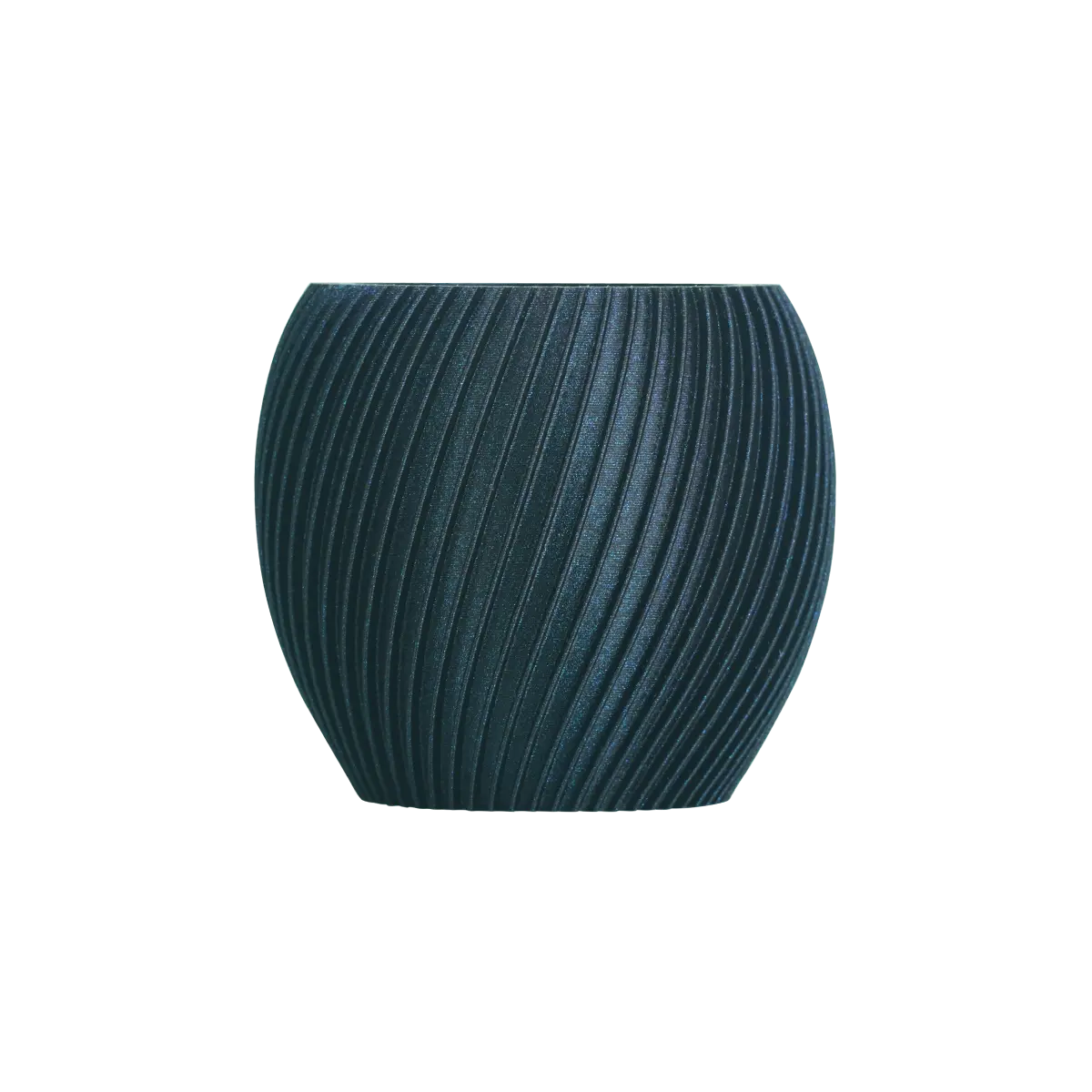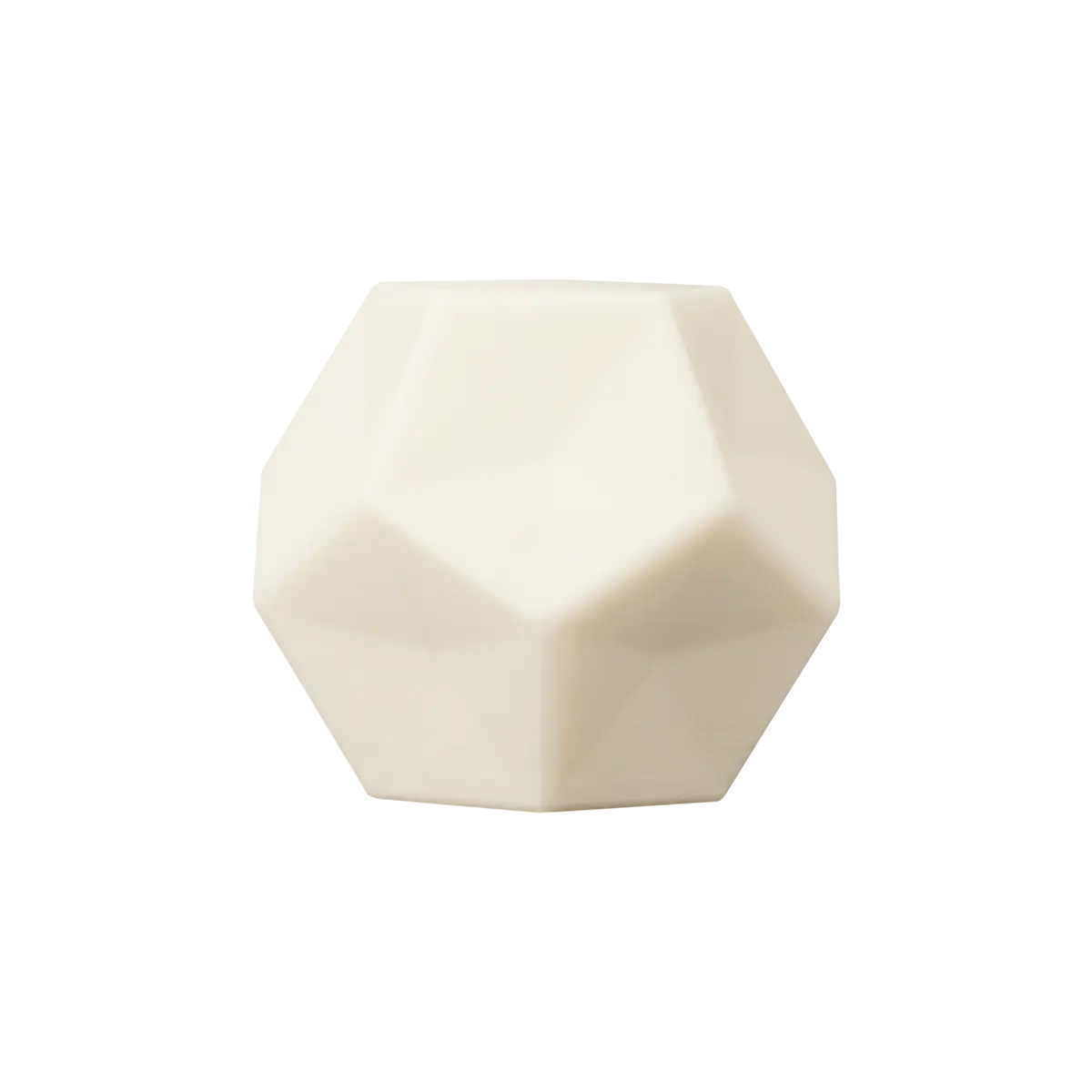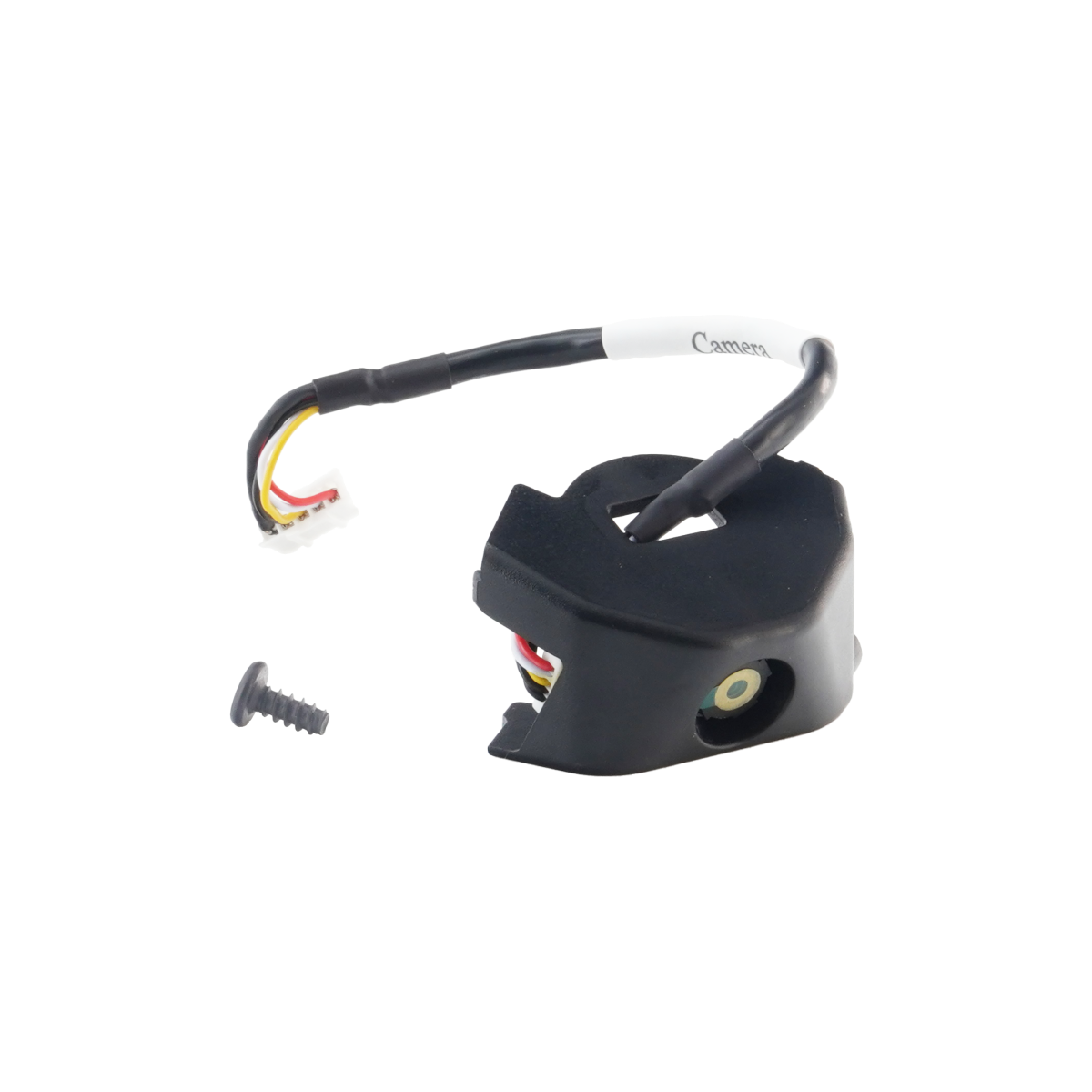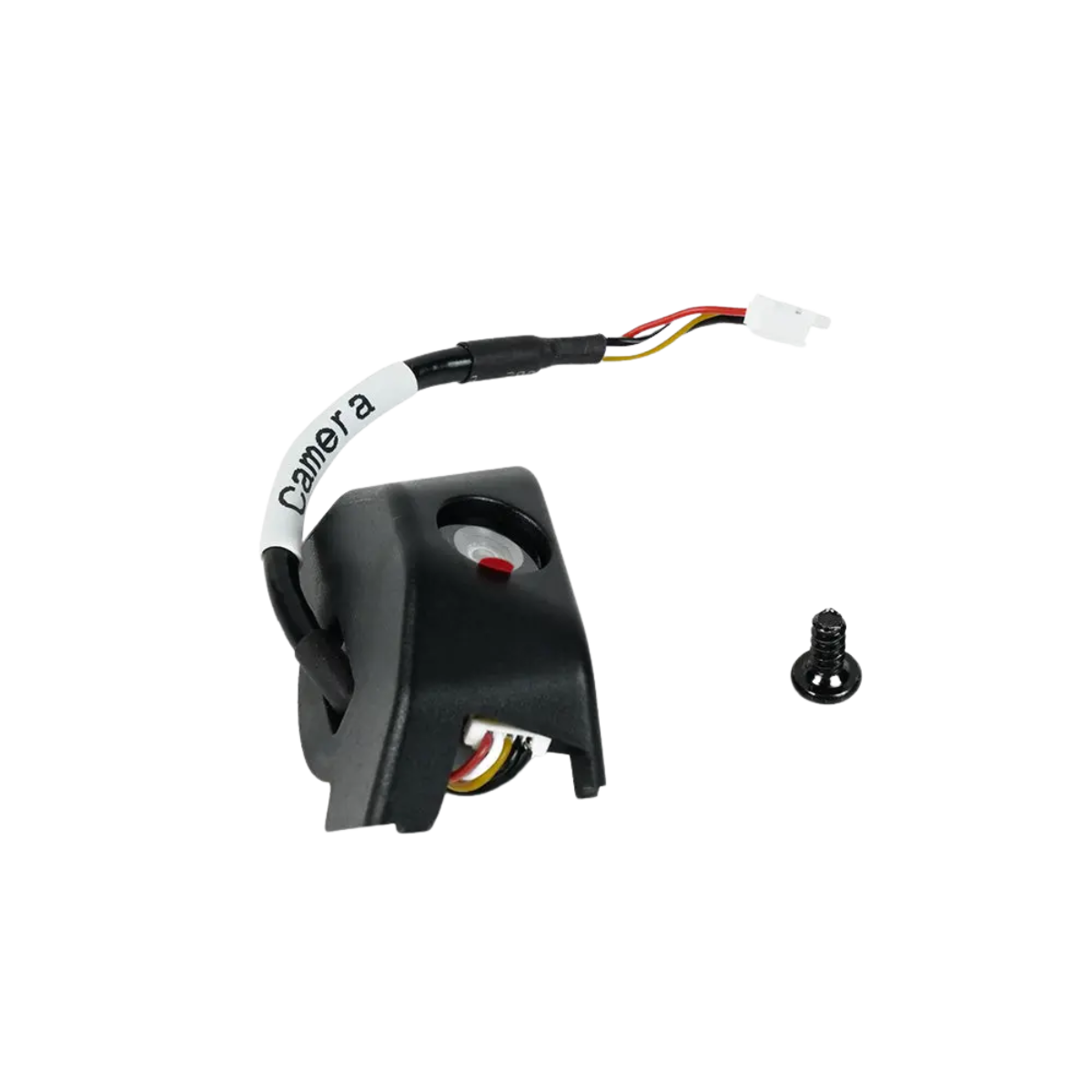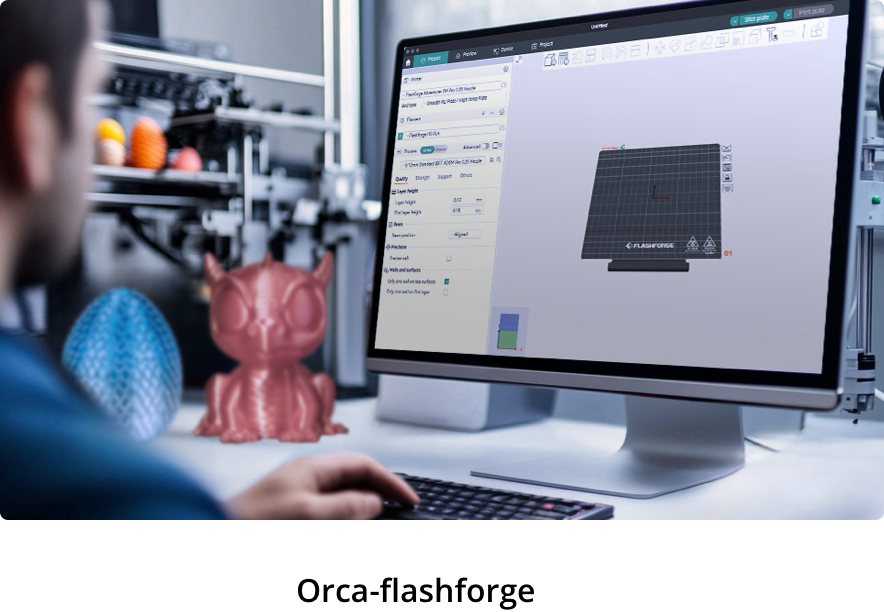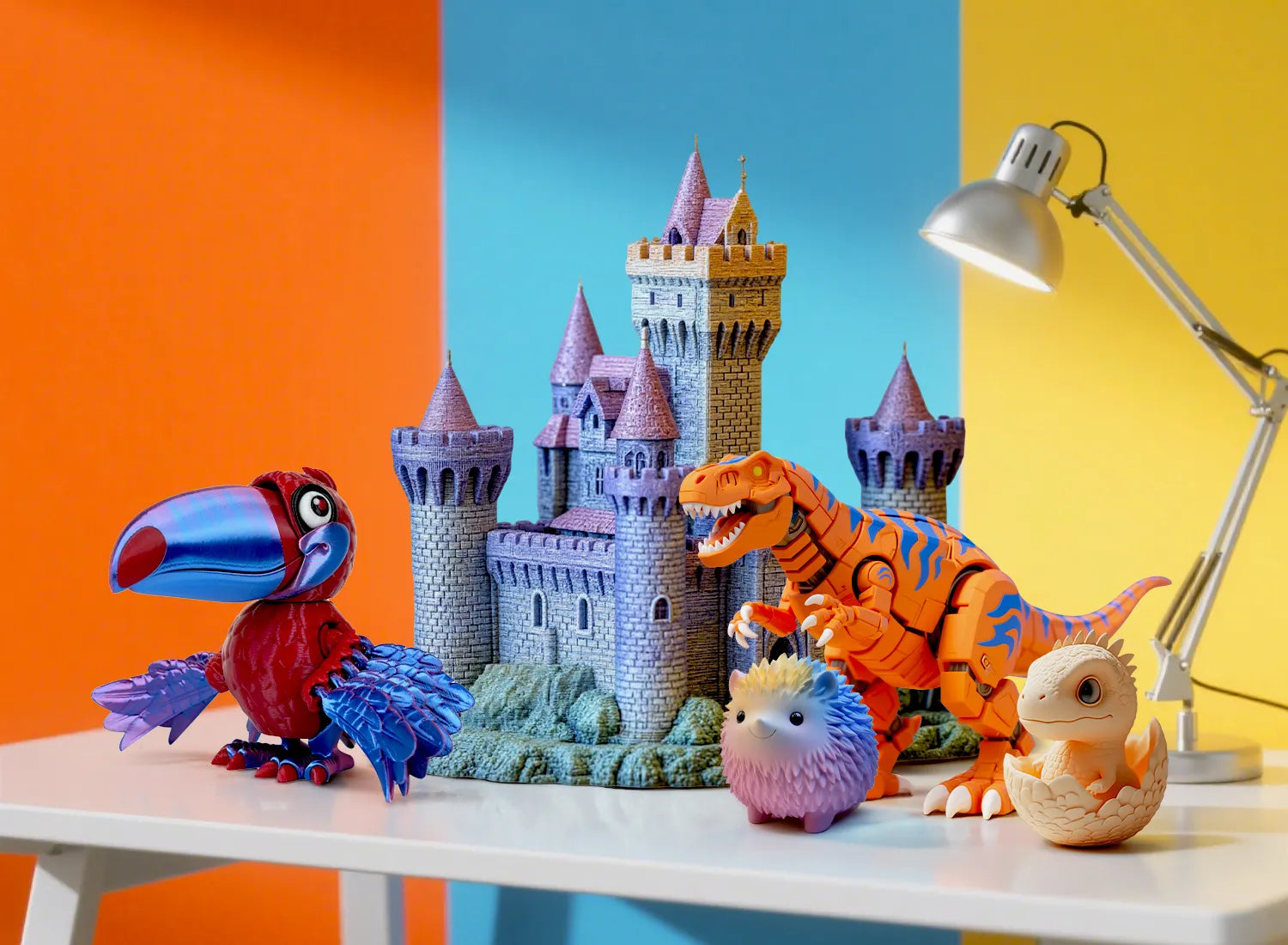Children's 3D printing is becoming increasingly popular, providing children with an excellent opportunity to explore technology and creativity. Many parents hope to introduce it to their children and recognize its future employment opportunities in fields such as art, architecture, automotive and aerospace engineering. In this article, we will guide you to choose the best children's 3D printer from multiple aspects, such as safety, ease of use and affordability, providing these young 3D printing learners with a positive and rich experience.
Why 3D Printing is Fantastic for Young Minds
Sparking Creativity and Innovation
A 3D printer for kids can be a phenomenal tool to unleash creativity, allowing them to bring their imaginative ideas into physical reality. Children can design and print anything from custom toys and art to personalized gifts for friends and family. The only limit to this technology is their imagination.
Building Essential STEM Skills from a Young Age
Educational 3D printers for children introduce fundamental STEM (Science, Technology, Engineering, and Mathematics) concepts interactively and engagingly. Children interested in design will learn to use 3D modelling software, with kid-friendly alternatives like Tinkercad available for beginners to grasp basic 3D design. This process encourages problem-solving, critical thinking, and teaches them about design, engineering, and manufacturing. Successfully creating an object from an initial concept through design to a physical print builds confidence and a passion for technology.
How Does 3D Printing Work? A Kid-Friendly Explanation
The process of 3D printing transforms digital designs into physical objects using specialized equipment.
From Digital Model to Physical Object: The Basic Idea
Regardless of the machine, the first step involves creating an initial model on a computer. This can be done by sculpting a model with specialized 3D modelling software or by selecting a pre-existing model from an online database. Once the design is ready, it is transferred to the kids' 3D printing machine.
Understanding the Layer-by-Layer Printing Process
For most beginner 3D printers for children, the most common technique is FDM (Fused Deposition Modelling). This process, also known as "additive manufacturing," involves the printer building the model from the bottom up, one layer at a time. A plastic filament, often wrapped around a spool, is super-heated and then ejected from a maneuverable nozzle controlled by the computer. While plastic (PLA or ABS) and resin are the most popular materials, developments in the technology allow for printing with materials like sandstone, paper, metal, or ceramic. For kids, FDM printers are generally a safer and less messy option compared to resin printers, making them the best starting point for children.
Key Safety Considerations for Kids' 3D Printers
It is crucial to remember that 3D printers are not toys and require careful supervision due to potential dangers. Children should never be left unattended when a printer is in operation.
Prioritizing Health: Air Quality & Particle Safety
During the printing process, some FDM printers can release small particles of plastic into the air, which can be harmful to breathe in and may aggravate conditions like asthma or other breathing difficulties. Resin printers, for instance, are particularly toxic due to fumes. To mitigate this, a child-friendly 3D printer with a fully enclosed design is highly preferable, as it helps reduce airborne particles from spreading throughout the room. If you opt for a printer that is not fully enclosed, it must be kept in a well-ventilated room, such as a garage. The Flashforge Adventurer 5M Pro is an excellent example of an enclosed 3D printer that prioritizes safety, as it is designed to block 99% of particulates and VOCs (Volatile Organic Compounds) with its dual-layer HEPA and carbon filter system, making it safe for home or classroom use.
Preventing Physical Risks: Burn Hazards and Tip-Overs
Another significant safety concern involves the printer's moving parts and the heated nozzle, which can exceed 260°C and cause severe burns if touched. An enclosed 3D printer for children helps prevent curious fingers from coming into contact with these hot or moving parts. Additionally, when considering a compact 3D printer for children, it's essential to choose a machine that isn't too heavy and has a stable build with a low center of gravity to prevent potential hazards if a child attempts to move it.
Ensuring Safe Operation: Electrical and Mechanical Protections
Parents should teach children the importance of not touching specific areas while the printer is working. Other essential safety practices include getting children to wash their hands after every use, keeping the surrounding area clean with a damp cloth to avoid creating airborne particles, avoiding eating, drinking, or handling contact lenses around the machine, and keeping a window or door open during printing if possible. Using gloves and safety goggles when handling the printer and inspecting it for damage or exposed wiring before each use is also crucial. Many modern the best 3D printers for kids include features like auto-shutoff functionality and lower print head temperatures to enhance safety. The Flashforge Adventurer 5M Pro comes with camera monitoring, a filament run-out reminder, automatic shutdown, and power loss recovery, all contributing to a safer printing environment.
Choosing the Right 3D Printer by Age Group
While there are no legal age restrictions for 3D printers, it's generally recommended that children under 11 have extensive supervision due to software complexity and hardware handling.
Best Printers for Young Children (Ages 8-12 with close supervision)
For younger makers, focus on printers that are extremely simple and safe, with virtually no setup required. It is crucial to note that children in this age group require constant, direct adult supervision during all stages of the printing process. Features like heated but fully enclosed build plates, safety doors, and curated libraries of simple, age-appropriate models are ideal.
Flashforge Adventurer 5M for kids is precisely the ideal choice designed for this purpose. It doesn't require complicated levelling. You can start printing almost immediately after opening the box, greatly lowering the threshold for getting started. Let children be able to safely observe the entire process of their creativity evolving from nothing to reality under the supervision of adults, thereby gaining a pure sense of achievement and pleasure.
Best Printers for Teens (Ages 13+)
Teenagers are ready to take on deeper challenges. What they long for is not just printing, but also exploring the technical principles behind it. Flashforge Adventurer 5M Pro provides them with such a platform to advance from users to creators. Its powerful performance and flexibility perfectly match the growing curiosity and skills of teenagers.
Unleash creative speed: A print speed of up to 600mm/s means that teenagers can quickly turn their ideas into reality, conduct rapid iterations and verifications, without having to wear down their inspiration in long waits.
Explore the infinite possibilities of materials: It is widely compatible with various consumables such as PLA, PETG, ABS, and even carbon fibre composite materials, which grants teenagers great creative freedom. They are no longer confined to printing simple models but can attempt to create sturdy functional parts, durable mechanical structures or flexible objects, elevating creativity to a practical level.
Growing in tandem with skills: One of its most core advantages is the quick-replaceable nozzles of different sizes (0.25mm to 0.8mm). This means that printers can "evolve" as teenagers' skills improve. Whether it's miniature models that require extreme detail or structural components that demand strength, it can be achieved simply by replacing a nozzle. This high degree of flexibility ensures that this printer can continuously meet its increasingly complex project demands for years to come, becoming a powerful tool that grows together with them.
Essential Features for a Child-Safe 3D Printer
When searching for the best 3D printer for kids, certain features are non-negotiable for safety and optimal learning.
Totally Enclosed Design for Maximum Safety
An
enclosed 3D printer for children is paramount. It serves as a protective barrier, isolating fumes and safeguarding children from touching hot parts or moving components. The Flashforge Adventurer 5M Pro, for instance, boasts an enclosed CoXY metal structure and is explicitly marketed as safe for home or classroom use, thanks to its advanced air filtration system that captures 99% of particulates and VOCs.
Non-Toxic, Kid-Safe Materials and Plastics
PLA (Polylactic Acid) is a plant-based bioplastic widely regarded as the safest filament option for beginners. It emits significantly fewer fumes and a much milder, less offensive odour compared to other filaments like ABS, making it the top recommendation for use around children. However, good ventilation is still advised.
ABS (Acrylonitrile Butadiene Styrene) is a durable plastic but requires careful handling. It emits strong fumes and ultrafine particles during printing that can be irritating to the eyes and respiratory system. It should only be used in a well-ventilated area or, ideally, in a fully enclosed printer with a high-quality filtration system like the Adventurer 5M Pro. Direct comparison to finished LEGO products is not appropriate due to the different manufacturing processes.
Stable Build: Low Centre of Gravity to Prevent Tip-Overs
For beginner 3D printers, stability is key. A printer with a stable build and a low centre of gravity minimizes the risk of accidental tip-overs. It is also advisable to choose a machine that isn't excessively heavy if a child might attempt to move it, to prevent potential hazards.
Simplified Controls for Easy Operation
An easy-to-use 3D printer for kids often features one-click printing, app-based control, or intuitive touchscreens. The
Flashforge Adventurer Series 3D printers, like Adventurer 5M and Adventurer 5M Pro, are designed for quick setup in 10 minutes or less and feature full-auto levelling, eliminating complex manual adjustments and making the printing process more reliable for beginners.
Built-in Safety Measures and Parental Controls
Modern child-safe 3D printers incorporate numerous built-in safety features such as auto-shutoff functionality, door sensors that halt operation if opened, filament run-out reminders, and power-loss recovery systems. These features not only enhance safety but also improve the overall usability and success rate of prints. Both Flashforge Adventurer 5M Pro and Adventurer 5M offer filament run-out reminders and power loss recovery, with the Pro model additionally including camera monitoring and automatic shutdown.
Maximizing the 3D Printing Experience for Your Child
To get the most out of an educational tech for kids, like a 3D printer, integration into learning and play is essential.
Finding Age-Appropriate Projects and Models
Online databases and curated libraries are invaluable resources. For Flashforge users, official slicing software like FlashPrint 5, Orca-Flashforge, and the Flashmaker mobile app provide tools and resources for managing projects and finding models. Kids can create custom toys, educational tools like solar system models, or practical items such as phone stands and fidget toys.
Incorporating 3D Printing into Learning and Play
3D printing for schools and home learning can empower children, helping them to find their passion, learn valuable problem-solving skills, and boost their potential future career skills. Companies like FunTech offer 3D modelling and printing courses in safe environments, providing ideal opportunities to introduce children to this technology during school holidays.
Supervision Tips and Best Practices for Parents
Supervision is paramount. Ensure the printer is in a well-ventilated area. After use, ensure children wash their hands thoroughly. Keep the printer's surroundings clean, avoid eating or drinking near the machine, and keep windows open if possible during printing. Regularly inspect the printer for any damage or exposed wiring.
Conclusion: Empowering the Next Generation of Makers
Investing in an affordable 3D printer for children, like an FDM model, can be a rewarding experience, transforming playtime into an educational journey of discovery and achievement. By carefully considering safety features, ease of use, and appropriate materials, parents can empower their children to become the next generation of creative makers and innovators.
Frequently Asked Questions (FAQs)
At What Age Can a Child Start Using a 3D Printer?
Children can begin exploring 3D printing with adult guidance as soon as they can read, operate phone apps, and understand basic safety measures. Generally, it's not recommended for children below the age of 11 without extensive supervision.
What is the Safest 3D Printer for a 7-Year-Old?
The safest 3D printer for kids of this age would be an FDM 3D printer that is fully enclosed, uses non-toxic
PLA filament, features simplified controls, and includes built-in safety measures like auto-shutoff or door sensors. The Flashforge Adventurer 5M Pro is a good example, being fully enclosed and featuring a filtration system to block particles and VOCs.
How Do I Ensure My Child's Safety While 3D Printing?
Always provide supervision, ensure the printing area is well-ventilated, and ideally use an enclosed 3D printer. Teach children not to touch hot parts or moving components. Use non-toxic filaments like PLA. Implement safety protocols such as handwashing after use, keeping the area clean, and avoiding food or drink around the machine.
What type of 3D printer is best for kids?
FDM 3D printers are generally the best 3D printers for kids, especially beginners, because they are safer and less messy compared to resin printers. They primarily use
plastic 3D filaments like PLA and ABS, which are considered safe for children.
What Are the Best First Projects for a Beginner?
Great first projects for beginners include simple toys, art pieces, educational models, custom phone stands, fidget toys, or items found in curated online libraries. Many 3D printer for kids reviews highlight the joy of printing straightforward objects that children can immediately interact with.





